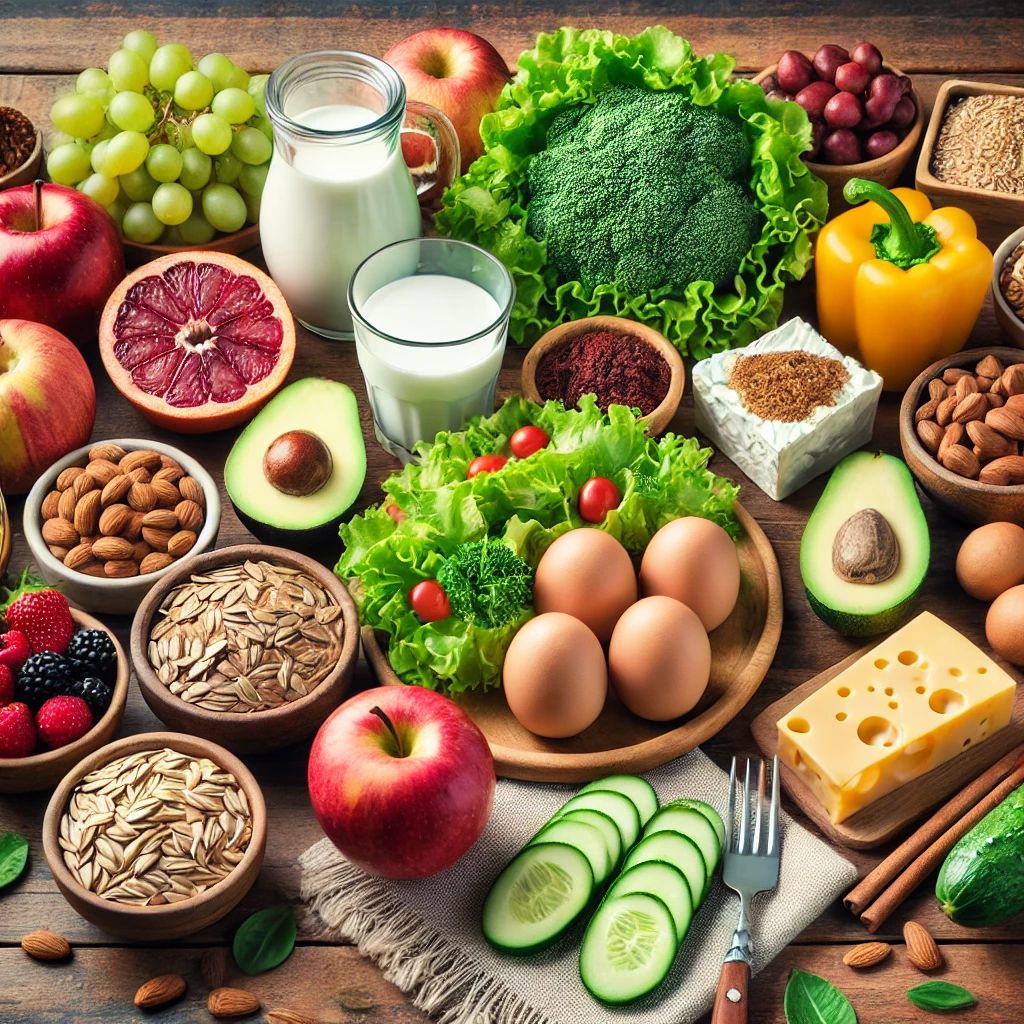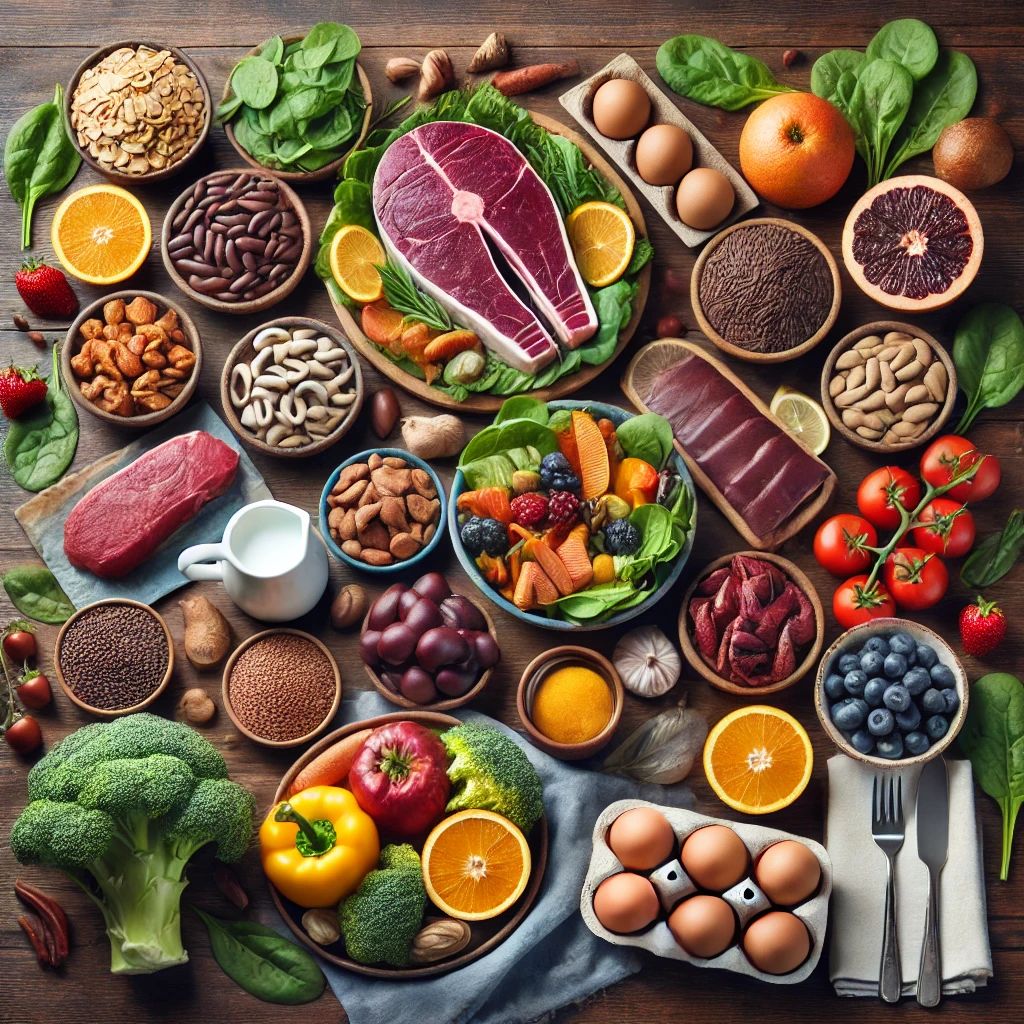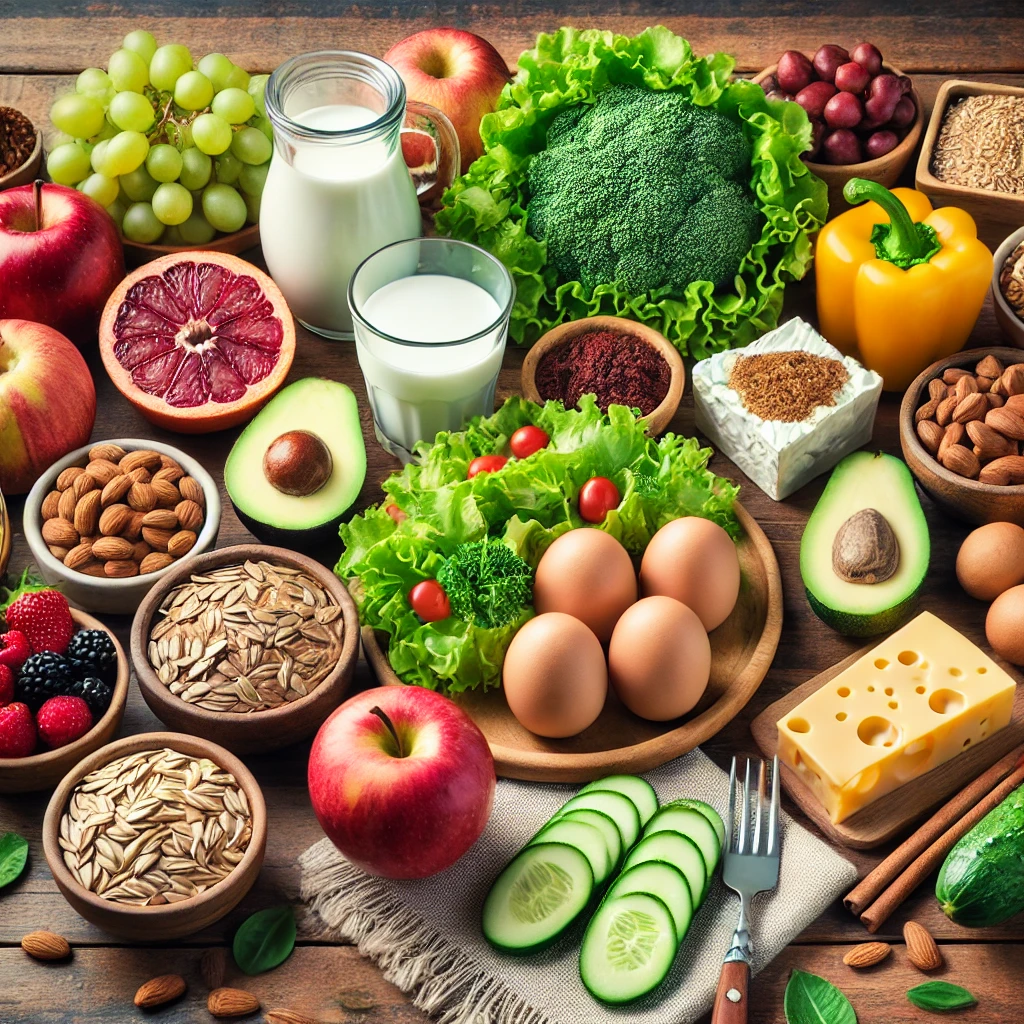Hemochromatosis is a condition where the body absorbs and stores excessive amounts of iron, leading to a build-up in organs such as the liver, heart, and pancreas. Over time, this iron overload can cause serious complications, including liver disease, heart problems, and diabetes. Managing hemochromatosis involves reducing iron levels in the body, and one of the most effective ways to do this is through diet. A low-iron diet helps control iron intake and prevent further accumulation, supporting overall health. This guide will explore the principles of a low-iron diet, recommended foods, and tips for managing hemochromatosis through nutrition.
What Is Hemochromatosis and How Does Diet Play a Role?
Hemochromatosis is a genetic disorder in which the body absorbs too much iron from food. Normally, the body regulates iron absorption, but in people with hemochromatosis, excess iron is absorbed and deposited in organs. Over time, this iron build-up can lead to organ damage and serious health complications.
Diet plays a crucial role in managing hemochromatosis because it can help reduce the amount of iron absorbed from food. By making strategic food choices and avoiding iron-rich or iron-enhancing foods, individuals can lower their iron levels and prevent complications associated with iron overload.
According to the Iron Disorders Institute, limiting iron intake, avoiding iron supplements, and focusing on foods that inhibit iron absorption are key strategies for managing this condition.
Types of Iron in Food: Heme vs. Non-Heme Iron
Iron is found in two forms in food: heme iron and non-heme iron. Understanding the difference between these types of iron is essential for managing hemochromatosis.
Heme Iron: This type of iron is found in animal-based foods like red meat, poultry, and fish. Heme iron is absorbed more efficiently by the body, making it more likely to contribute to iron overload. Individuals with hemochromatosis should limit or avoid heme iron sources.
Non-Heme Iron: This form of iron is found in plant-based foods such as legumes, grains, and vegetables. This non-heme iron is absorbed less efficiently by the body, and its absorption can be influenced by other dietary factors. Non-heme iron is less likely to contribute to iron overload, but it’s still important to manage intake.
Foods to Include in a Low-Iron Diet
A low-iron diet focuses on reducing the intake of iron-rich foods, particularly those high in heme iron, and including foods that inhibit iron absorption. Here are some foods that are suitable for a low-iron diet:
Eggs: Eggs contain a compound called phosvitin, which inhibits the absorption of both heme and non-heme iron. Including eggs in meals can help reduce iron absorption.
Dairy Products: Milk, yogurt, and cheese are naturally low in iron and can help reduce iron absorption from other foods. Calcium in dairy products inhibits the absorption of both heme and non-heme iron.
Fruits: Apples, berries, grapes, and pears are low in iron and high in antioxidants, making them good choices for a low-iron diet. Be mindful of citrus fruits, as they are high in vitamin C, which enhances iron absorption.
Vegetables: Low-iron vegetables such as lettuce, cucumbers, carrots, and green beans are good choices. Spinach and other dark leafy greens contain iron, but their high oxalate content inhibits iron absorption, making them safe in moderation.
Whole Grains: Brown rice, oats, and quinoa are good sources of fiber and provide small amounts of non-heme iron. Pairing whole grains with calcium-rich foods can further reduce iron absorption.
Legumes (in moderation): Beans, lentils, and chickpeas are plant-based sources of non-heme iron. While they do contain iron, pairing them with foods that inhibit iron absorption, like dairy or eggs, can reduce the amount absorbed by the body.
Herbal Teas: Some teas, such as green tea, contain tannins that inhibit iron absorption. Drinking tea with meals can help reduce the amount of iron absorbed.

Foods to Avoid or Limit on a Low-Iron Diet
Certain foods should be limited or avoided to prevent iron overload, particularly those high in heme iron or that enhance iron absorption:
Red Meat: Beef, lamb, and other red meats are high in heme iron and should be limited or avoided entirely. Heme iron is absorbed more easily than non-heme iron and contributes significantly to iron overload.
Organ Meats: Liver and other organ meats are extremely high in iron and should be avoided.
Shellfish: Oysters, clams, and mussels are rich in heme iron and should be limited or avoided.
Iron-Fortified Foods: Many cereals, breads, and pastas are fortified with iron. Check food labels and avoid iron-fortified products to reduce iron intake.
Citrus Fruits and Vitamin C-Rich Foods: Foods high in vitamin C, such as oranges, strawberries, and bell peppers, enhance the absorption of non-heme iron. Limit these foods during iron-rich meals to prevent excess absorption.
Alcohol: Excessive alcohol consumption can damage the liver, which is already at risk in individuals with hemochromatosis. Limit or avoid alcohol to protect liver health.

Practical Tips for Managing Hemochromatosis Through Diet
In addition to choosing the right foods, certain strategies can help manage iron absorption and prevent iron overload:
Combine Iron-Inhibiting Foods with Meals: Pair iron-rich foods with foods that inhibit iron absorption, such as dairy, eggs, or whole grains. For example, eating eggs with a spinach salad can help reduce the amount of iron absorbed.
Avoid Cooking in Cast Iron Cookware: Cooking in cast iron pans can increase the amount of iron absorbed into your food. Use stainless steel or non-stick cookware instead.
Limit Vitamin C Supplements: Vitamin C enhances iron absorption, so avoid taking vitamin C supplements unless prescribed by a doctor.
Donate Blood Regularly: For individuals with hemochromatosis, regular blood donation is one of the most effective ways to reduce iron levels. Consult your healthcare provider for a blood donation schedule.
Sample Low-Iron Meal Plan for Hemochromatosis
Here’s a sample meal plan to help guide your low-iron diet:
Breakfast: Scrambled eggs with whole grain toast and a cup of green tea.
Lunch: Greek yogurt with a mixed berry salad and a handful of almonds.
Snack: Carrot sticks with hummus.
Dinner: Grilled chicken with quinoa, steamed green beans, and a side salad with lettuce and cucumbers.
Dessert: A small bowl of applesauce.
A low-iron diet is an essential part of managing hemochromatosis and preventing iron overload. By limiting the intake of iron-rich foods, particularly heme iron, and focusing on foods that inhibit iron absorption, individuals with hemochromatosis can reduce the risk of complications and support overall health. For more information on managing iron disorders through diet, visit the Iron Disorders Institute.
For more health tips, check out our Health Journal and Nutrition.
1.Suggested Breakfast
2.Suggested Lunch
3.Suggested Dinner
Disclaimer: The information provided about this dietary regime is for educational and informational purposes only. It is not intended to replace professional medical advice, diagnosis, or treatment. While special dietary regimes may offer benefits for certain individuals, individual results may vary. Always consult a qualified healthcare professional or dietitian before starting any diet to ensure it is suitable for your specific health needs and conditions.
